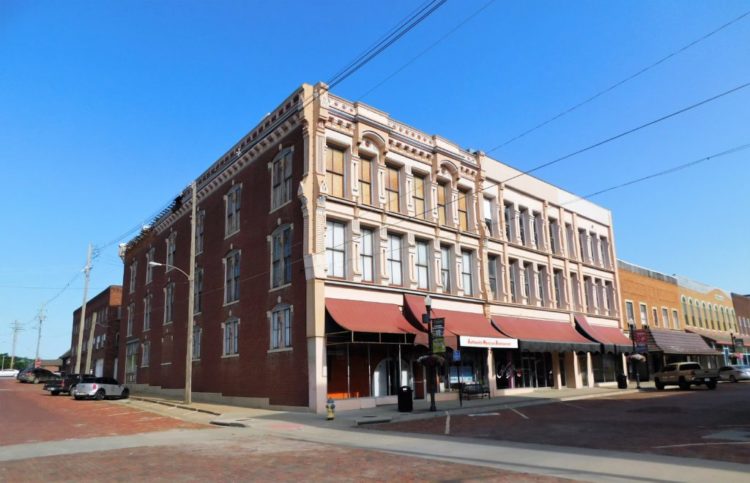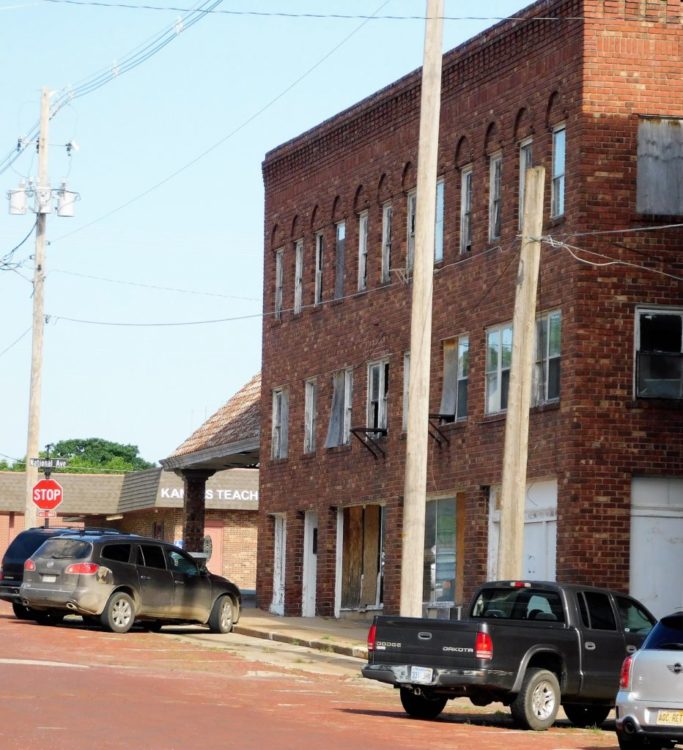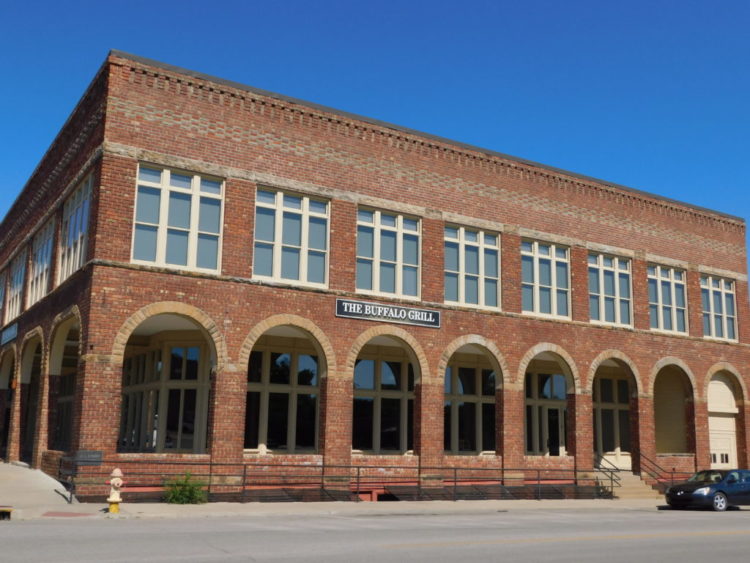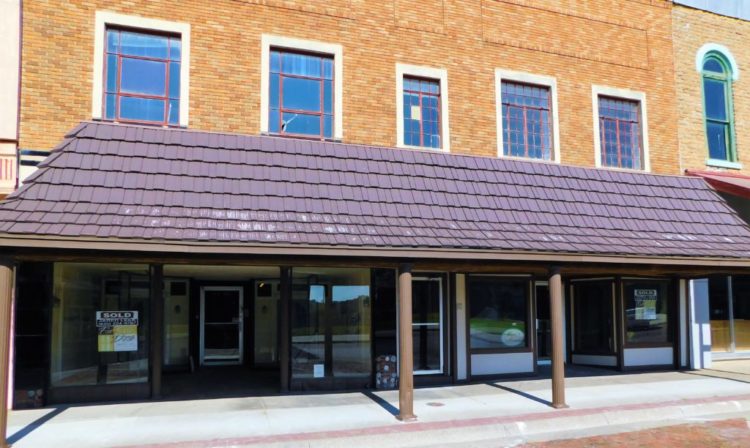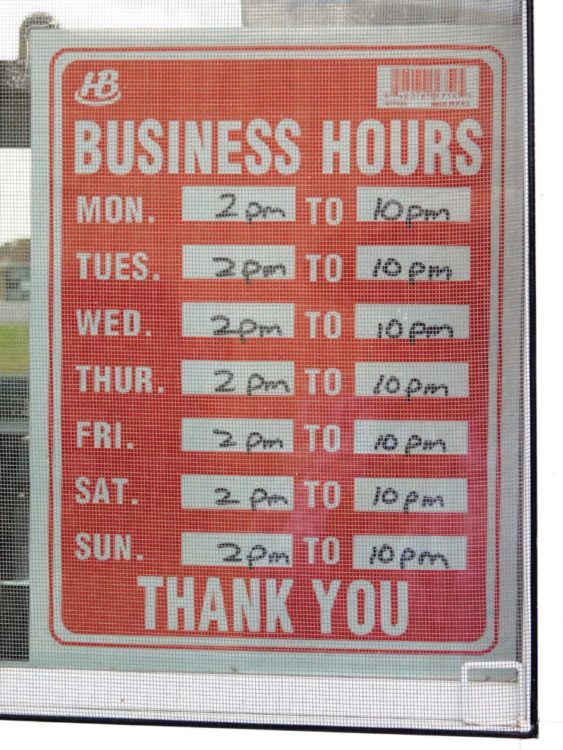Kansas Commerce launches KansasCentral.com, an Online Business and Economic Development Magazine
TOPEKA — The Kansas Department of Commerce announces the launch of a new online magazine loaded with news and feature articles on business and economic development topics in Kansas. KansasCentral.com is aimed to keep Kansans and anyone interested in starting, relocating or expanding a business in Kansas informed of topics and opportunities in the state.
“It has been exciting to see so many businesses decide to expand to Kansas or start new operations here in America’s heartland, creating thousands of new jobs,” said Governor Jeff Colyer, M.D. “KansasCentral.com will not only keep everyone informed of breaking news of companies locating in Kansas but will share success stories of thriving businesses in our state.”
KansasCentral.com features three main content areas: News, Events and Features.
- The News section will constantly be updated with breaking business and economic development news, such as business expansions throughout the state and new or updated programs to assist businesses of all sizes be successful in Kansas.
- The Events section will highlight upcoming conferences, workshops, job fairs, etc. that will be beneficial to entrepreneurs, business executives, employers and job seekers across the state.
- The Features section will include success stories, video interviews, and articles about programs available through the Department of Commerce and other agencies that will benefit Kansas businesses or those considering locating in the state.
WATCH: KansasCentral intro video
Both the News and Features sections also offer the ability for readers to easily find information specific to industries they are interested in, such as Aviation, Agriculture, Bio-Science and Energy.
“There are many great stories to tell of why Kansas is the best place in the country to do business, along with a steady stream of good news to share,” said Robert North, Interim Secretary of the Kansas Department of Commerce. “We hope KansasCentral will quickly become a must-visit website for anyone interested in business and economic opportunities in our state.”





